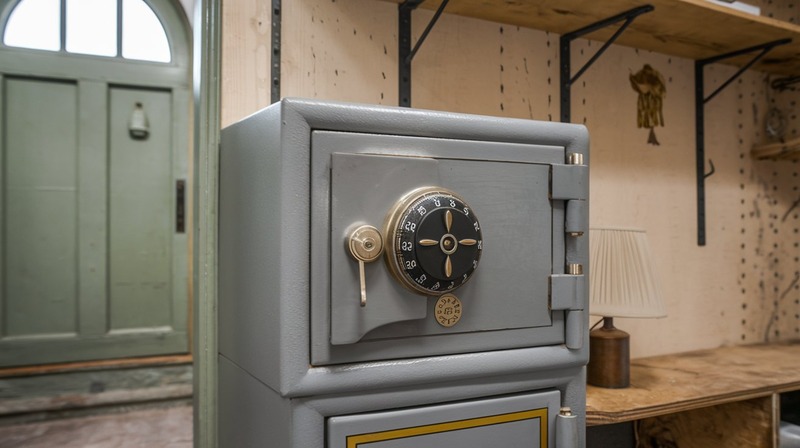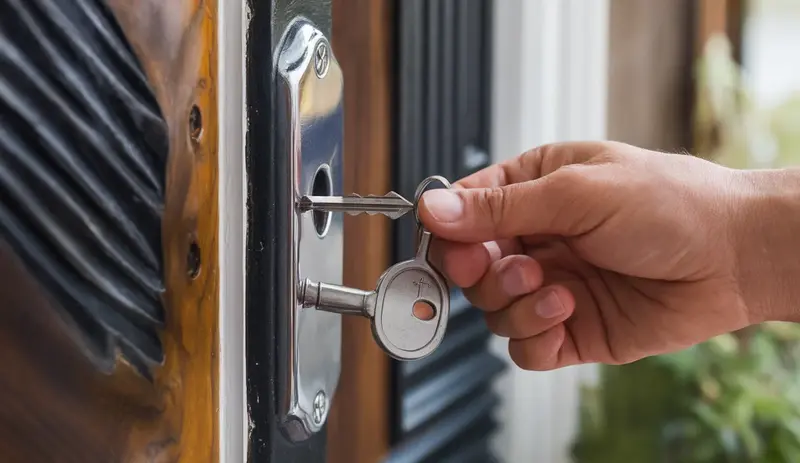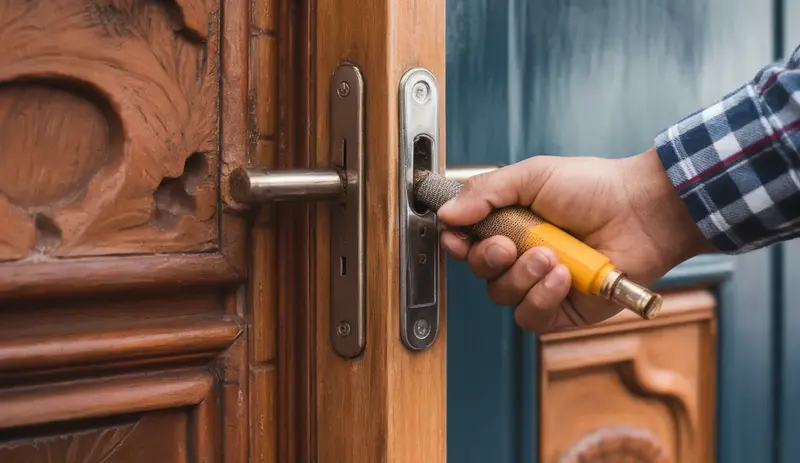
We’ve all been there-staring at a safe, totally frustrated, wondering how on earth we’re supposed to change this mysterious combination. Maybe you just moved into a new place, inherited a family safe, or you’re worried someone else might know the current code.
Whatever brought you here, changing a safe combination isn’t as complicated as it sounds. Before you start panicking or calling an expensive locksmith, take a deep breath. This guide will walk you through the process step by step, whether you’ve got an old-school combination lock or a fancy digital model.
Do You Really Need to Change Your Safe’s Combination?
Now, let’s discuss safe combinations. The average individual believes they should frequently change their combination. But that’s not always the case. The actual security of your safe depends more on who knows the current combination than on how often you change it up.
If you’ve moved recently, shared the combination with several people, or think someone who shouldn’t know your code might have gotten their hands on it, then it’s definitely time to change it.
Here’s something not commonly understood: altering your combination too often can raise the likelihood of making an error and possibly locking yourself out. The key is to think strategically about your particular security situation. Ponder your domestic arrangement, who has access to the safe, and the delicate nature of the objects you’re protecting.
Different Types of Safes: What You Need to Know
Not every safe is the same. There are digital safes, mechanical safes, and “hybrid” models, each having their own unique reset procedures that demand different kinds of approaches. (I won’t blame you if you think that safe more often than not equals back to the days of a traditional bank vault.) Digital safes, as one might guess, usually have the easiest-to-understand reset process, with a not-so-obvious sequence of button presses that you might have to use in case of a jam. Once you get the hang of it, you’re golden.
Hybrid safes merge digital and mechanical components, which entails extra care during the combination change process. These models often mandate a particular sequence of steps that can swing widely between manufacturers. So what does this mean for you? It means reading your safe’s specific user manual to the letter before even thinking of attempting a combination reset.
Gathering Your Tools
Preparation is key before you begin the process of resetting. You generally require very few tools–often just the safe’s manual, a paperclip or other reset tool, and possibly a flashlight to see inside the mechanism. A pro tip: Always work in a well-lit area where you can concentrate and not be interrupted.
Most standard safe reset procedures require more patience than specialized tools. Keep your manual handy, and if you can’t find it, look on the manufacturer’s website for digital versions. Some manufacturers even offer model-specific reset instructions that can save you significant amounts of time and agita.
You May Like: Can Locksmiths Install Wall Safes Or Floor Safes?
Step-by-Step Combination Reset Guide
The true reset process diverges a lot between safe types. For digital safes, you will usually enter a master code, select a reset option, and then input your new combination. Mechanical safes require a more complicated process involving precise dial movements and careful alignment.
Crucial reminder: Each phase must be carried out with utmost fidelity. Just one error can slam the door to your safe shut forever. And if you’re unsure about anything at any moment, it’s far wiser to stop and revalidate your method than to keep going and hope for the best.
Common Mistakes to Avoid
The most common mistakes made during safe combination resets are hurrying, not adhering strictly to the manufacturer’s directions, and not checking the new combination enough times to be certain it works. Your first attempt at checking the new combination may not be a good indication of how well it works. Verify it immediately after setting it, and remember that the safest assumption is to think that the combination might not work as well as it should.
Another important error to avoid is jotting down the new combination in a place that’s easy to find. If you have to write it down, use a safe, secret way that doesn’t telegraph to an intruder that the combination is right there in next-to-obvious hiding.
When to Call a Professional In 2025?
There are some predicaments that call for the direct involvement of professionals. If you have a particularly complicated safe, one that has sustained injury, or a high-security version, your next move should be to call in an expert locksmith. These pros are just what you need if your problem is on the delicate side. Because if things go sideways with safe internals during a reset, you can bet your bottom dollar that the result will be permanent with the safe next.
Indicators that you require a specialist’s assistance range from constant error messages, apparent physical damage, to having already tried a reset that might have jeopardized the safe’s internal workings. If you’re not sure and the safe is still under warranty, your best bet is sending it back to the manufacturer and letting them work on it.
Conclusion
Changing a safe combination doesn’t have to be rocket science. With the right information and a little patience, you can totally handle this. Remember, the goal is protecting what matters most to you-whether that’s important documents, family heirlooms, or that emergency chocolate stash.
Take your time, follow the steps carefully, and don’t get discouraged. If something feels off or you’re unsure, it’s always okay to pause and get professional help. Your peace of mind is worth more than trying to power through a confusing process.


